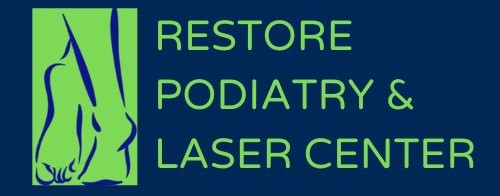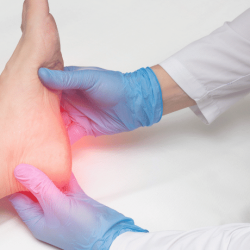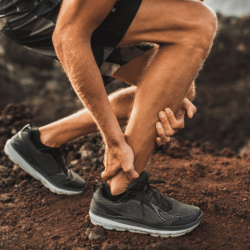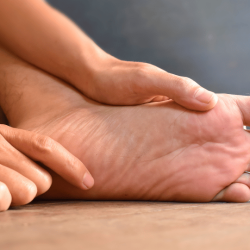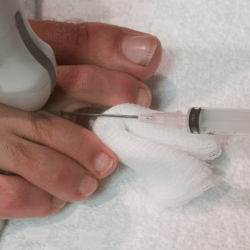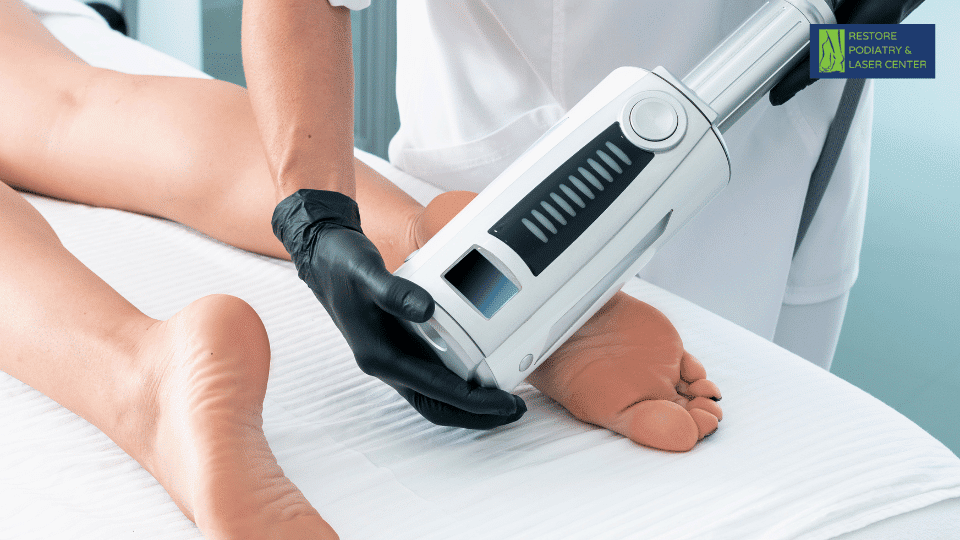
Low-Level Laser Therapy: Benefits And Foot Conditions Treated
What is Low-Level Laser Therapy?
Low-Level Laser Therapy (LLLT) is also known as cold laser therapy or photobiomodulation. This therapy is a non-invasive treatment that uses low-intensity lasers or light-emitting diodes (LEDs) to treat affected tissues in the foot and ankle area.
This therapy stimulates cellular activity, reduces pain, and accelerates tissue repair. The wavelengths used in LLLT (typically between 600-1000 nm) can penetrate several millimeters into tissues, reaching cells in muscles, tendons, and joints in the foot and ankle.
Benefits of Low-Level Laser Therapy
Pain Relief
LLLT stimulates endorphin release and reduces nerve sensitivity. This helps in pain relief without any medication.
Reduced Inflammation
With more blood flow in the affected tissue, LLLT helps reduce swelling.
Quick Healing
This laser therapy for foot and ankle treatment aids fast cellular repair and regeneration.
Improved Circulation
Laser therapy enhances blood flow, supporting oxygen delivery to tissues, which ultimately helps with self-healing.
Foot and Ankle Conditions Treated with LLLT at Restore
LLLT reduces pain and inflammation in the plantar fascia, which is the root cause of heel pain associated with the condition.
This non-invasive laser therapy for Achilles Tendinitis reduces swelling pain in the Achilles tendon. It helps in collagen formation for stronger tendon repair.
LLLT helps in reducing nerve inflammation and improving nerve function. It minimizes neuropathic pain in conditions like diabetic neuropathy.
This non-invasive laser therapy for Morton’s Neuroma can relieve pain in the ball of the foot by calming inflamed nerves and decreasing tissue swelling.
At Restore Podiatry & Laser Center, we are proud to offer our newest, latest laser treatment and Clear Nail Program™ & Clear Wart Program™ which are powerful inclusive approach to your treatment for toenail fungus and warts. We take time to understand our patients and understand their needs.
